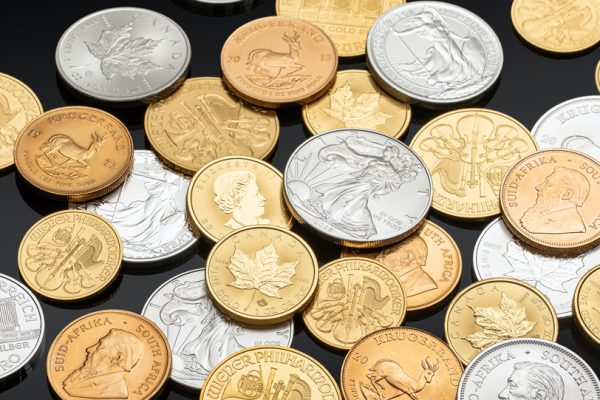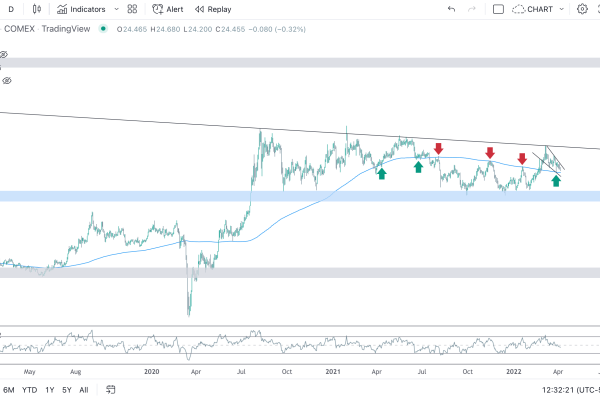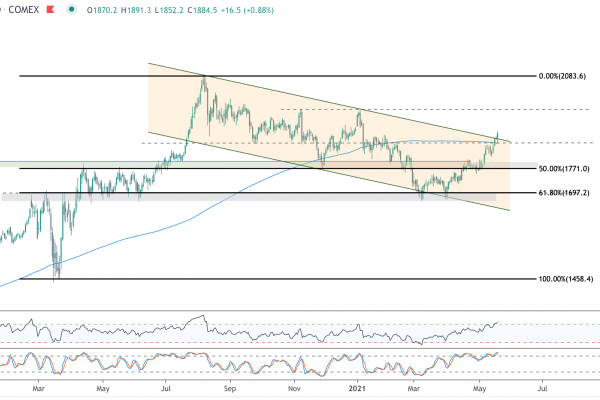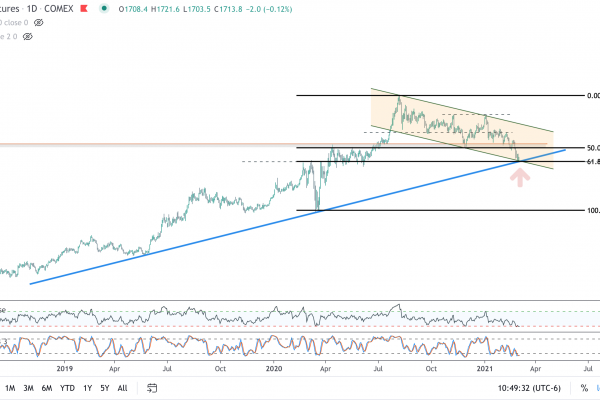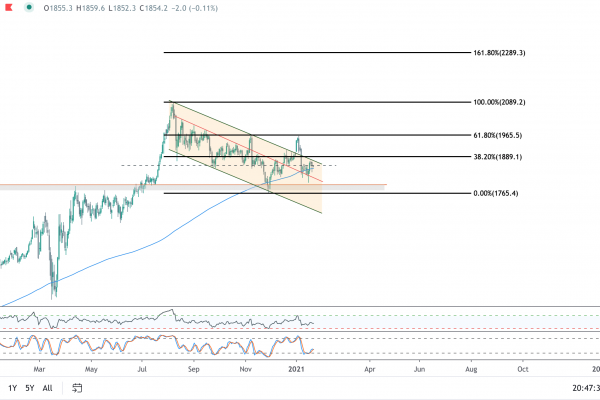Written by Border Gold June 26, 2018
Risk aversion seems to be the predominant theme as the new trading week gets off to a poor start. Stocks are getting hammered in early action on Monday, as fears over a full-blown trade war take a toll on investor sentiment. The continuing escalation of tensions over trade between the U.S. and China-the world’s largest and second largest economies-is making investors nervous, and could even lead to recession.
Over the weekend, U.S. President Donald Trump suggested plans for curbing Chinese investment in technology companies, while also blocking additional technology exports to China. The initiatives are set to be announced by the end of the week, and represent an even more aggressive stance by the U.S. over trade.
Trump has also recently threatened to implement a 20 percent tariff on cars built in the EU. Like China, the EU has said that it will respond in kind.
There does not appear to be an end in sight, and the issue of trade is likely to be a major factor in global financial markets in the months and even years ahead.
Although the battle over trade has not yet spurred safe haven buying in gold, an ongoing exodus from stocks will likely at some point fuel buying in the metal and other alternative asset classes.
Speaking of recession: Some analysts have recently suggested that the chances of recession by 2020 are increasing. Major tax cuts and fiscal spending in the U.S. have definitely had an effect on economic output, but some question how long the effects will last. Rising interest rates along with fading stimulus from spending and tax cuts could become a major drag on the economy in the months ahead. An ongoing trade war or even collapse of NAFTA could greatly exacerbate economic headwinds, and the Fed could once again find itself having to cut rates by 2020.
The next recession could be significantly harder for the Fed to combat. Although the central bank will look to its typical tools to fight the slowdown, one has to wonder how effective those tools may be this time around. The Fed Funds rate could peak below three percent in the current tightening cycle, and the central bank may not have enough room to create the “shock and awe” effect of sharply lower rates. The eventual lowering of rates again seems to be a great bet, but the Fed could also have to resort to additional measures such as QE in order to get the economy back on track.
The gold market remains in a downtrend, and investors appear to be exercising patience in looking for buying opportunities. Because the market has shown little upside in recent weeks, investors may be operating under the assumption that even lower prices will be seen before the market reverses course.
The dollar seems to be playing a major role in gold’s lack of upside in recent months, and the yellow metal could remain vulnerable until there is a significant shift in dollar sentiment. Despite the dollar’s ongoing strength, however, some retail buying has begun to emerge around current levels. With physical premiums at historically low levels currently, now may be the ideal time for patient long-term investors to add to holdings.

